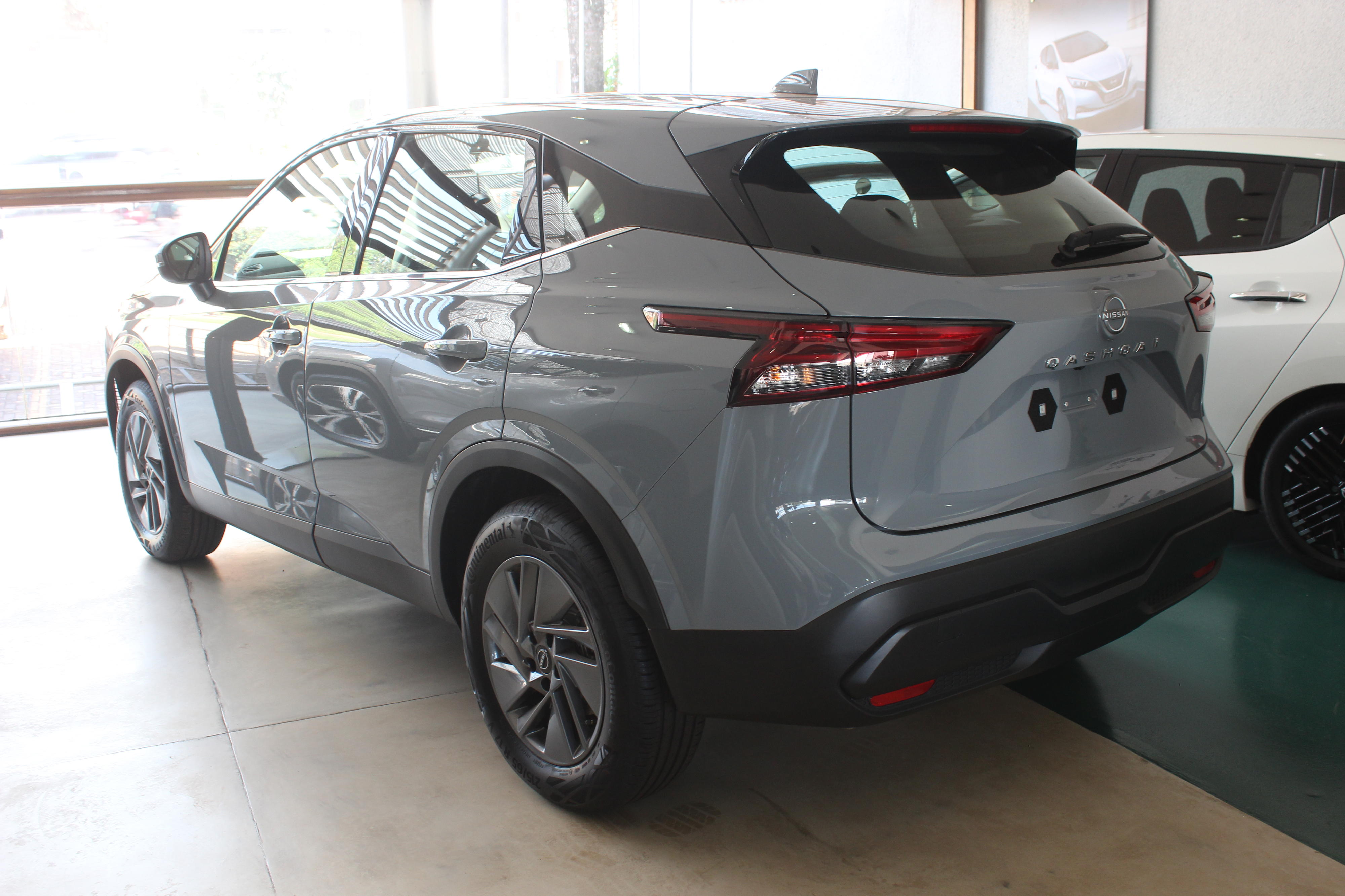Prime
Nissan Qashqai riding high on technology

What you need to know:
- Because it mimics speed, it will slow down in response to the speed of the car ahead without the need for you to step on the brake.
A hatchback by classification, the 2023 Nissan Qashqai is one car that is built with high technology to suit user needs.
One of the performance features I liked during the test drive on the Northern Bypass via Jinja Road to Kireka, Naalya and Kaleerwe was that it has adaptive cruise control. With fast driving cars, the adaptive cruise control system allowed me to select my driving speed at 50km/hr to drive at. E
ven with a maximum speed of 240km/hr, adaptive cruise control is able to hold the speed while allowing you take your foot off the brake and accelerator pedals.
When there is a car ahead of you, it will detect the speed of the car and display it on the dashboard while also holding you at a set speed lower than that of the car ahead to prevent collisions.
I only disengaged the set speed by stepping on the brake pedal when I aimed to overtake as I approached the Kisaasi junction. Because it mimics speed, it will slow down in response to the speed of the car ahead without the need for you to step on the brake.
Drive modes
The middle consul of the Qashqai has a dial down button that has five different driving modes. These include on-road, snow, hills or rough terrains, eco and sport modes. In models such as the Nissan Patrol Y62, these modes are written in words but they are instead iconized in the Qashqai.
What some of these modes do is adjust the suspension of the car to match the requirements of the different road conditions. For instance, the eco mode is used to save fuel if you are driving for longer distances.
This mode, however, does not allow you to drive above certain speeds because it sets an automatic speed limiter, beyond which the engine consumes more fuel. The sport mode is basically anything to do with racing because your foot is heavy. This mode consumes more fuel because the engine is performing faster.
Since I was not driving in sport mode, my preferred mode was on-road that is suitable for normal driving, especially around urban areas with slow moving traffic. The car also has the hill mode which enables one to drive up or downhill.
Ease
The gearlever on the middle consul is like a radio turning knob. You just press a button on the gearlever side to gently switch to reverse, drive and neutral modes. Parking mode is just a press of a button. Unlike your foot-engaged or manually pulled handbrake, the one in the Qashqai is electronic. When engaged, it lights red on the dashboard. To disengage, you lift up the button next to the gearlever.
It also has a leather dashboard and a layer of polymerised leather that is hard and soft at the same time. The same material extends to the doors.
The version I tested looked bigger than the Toyota Urban Cruiser and runs on a 1300cc turbo petrol engine with a normal four-cylinder engine. Higher grades such as the Qashqai ACENTA and TEKNA are also available as fully electric hatchbacks.
Safety features
Richard Bamujje, a marketing executive at Nissan Motorcare Uganda, says the 2023 Qashqai has parking sensors at the front, autonomous emergency braking, radar cruise control and adaptive cruise control. The radar cruise control comes in to sense the driving speed of the car ahead of you to limit the speed.
It also has front, back, sides and curtain airbags and supplemental restraint system (SRS) airbags. The safety of the rear passengers is also catered for with airbags. It also has collision detection, rare cross traffic alert, driver alertness, vehicle dynamic control abbreviated as VDC on the dashboard.
“The VDC works in conjunction with the hybrid system. When cruising around corners, the car suspension will stiffen on the side of the tyres outside the car to prevent it from leaning too much on the side on which you are turning. In some cars, it is known as the vehicle stability control but it all serves the same purpose,” Bamujje explains.
It also has the electronic brake distribution. When braking on a slippery surface, depending on the tyres with more grip, the power of the brakes is distributed to the rear brakes to allow you brake harder thereby reducing the braking distance if you were driving at a high speed.




